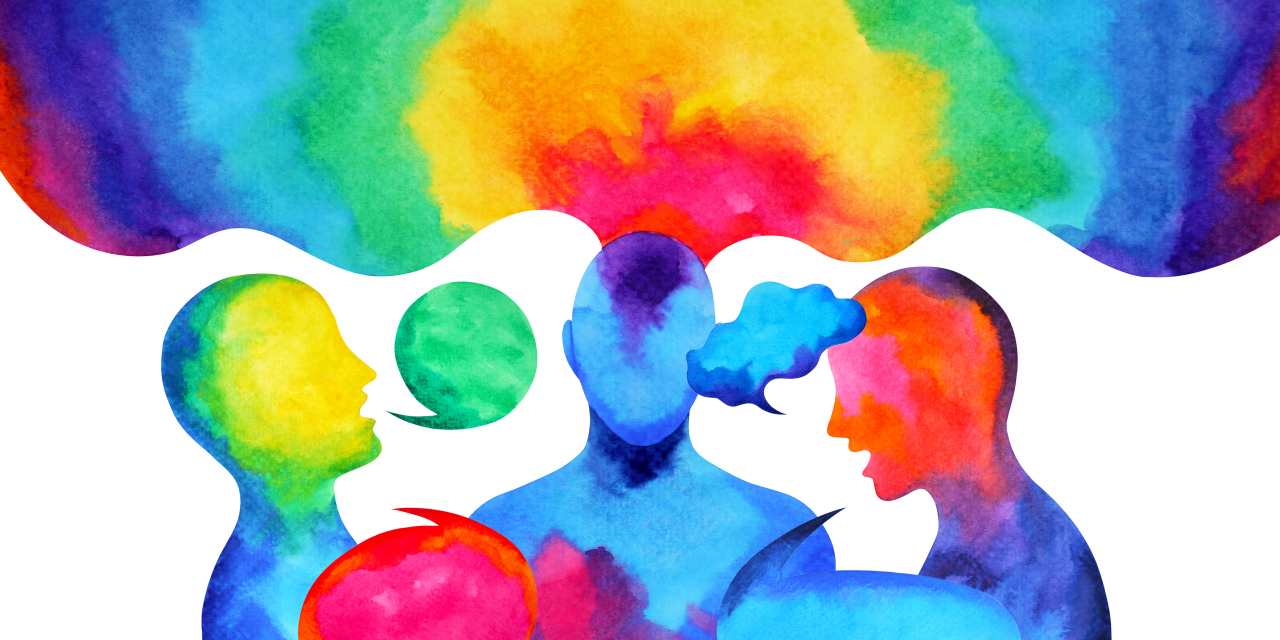

It's common in people who have eye conditions such as age-related macular degeneration or cataracts.Ĭharles Bonnet syndrome is not caused by a mental health problem or dementia. Not everyone who loses their sight will get Charles Bonnet syndrome. Your brain sometimes makes up for this by creating hallucinations. When you lose your sight, your brain gets less information from your eyes than it's used to.
Visual and auditory hallucinations icd 10 how to#
getting regular eye tests – an optician can check for further changes in your eyes and give you advice about how to make the best use of the sight you haveĪ GP, optician or ophthalmologist (eye doctor) can refer you to a specialist low-vision service for advice about things to help with your sight.įind out more about managing Charles Bonnet syndrome from the Royal National Institute of Blind People (RNIB) Causes of Charles Bonnet syndromeĬharles Bonnet syndrome is linked to vision loss.Hallucinations take on various forms, including: Auditory hallucinations.

Visual and auditory hallucinations icd 10 code#
To code a diagnosis of this type, you must use specify a 7th character that describes the diagnosis ‘contact with powered kitchen appliance’ in more detail. W29.301 – CONTACT WITH POWERED KITCHEN APPLIANCE 75 is a billable code used to specify a medical diagnosis of activity, martial arts. D is a non-billable code, consider using a code with a higher level of specificity for a diagnosis of activities involving arts and handcrafts. Y93.D – ACTIVITIES INVOLVING ARTS AND HANDCRAFTS A ‘billable code’ is detailed enough to be used to specify a medical diagnosis. Y93.D2 is a billable ICD code used to specify a diagnosis of activity, sewing. R44.0 is a billable/specific ICD-10-CM code that can be used to indicate a diagnosis for reimbursement purposes. 0 is a non-billable code, consider using a code with a higher level of specificity for a diagnosis of bitten by dog. F40.242 – FEAR OF BRIDGESį40.242 is a billable ICD code used to specify a diagnosis of fear of bridges. To code a diagnosis of this type, you must use specify a 7th character that describes the diagnosis ‘walked into lamppost’ in more detail. R44.1 is a billable ICD code used to specify a diagnosis of visual hallucinations. which is characterized by visual and auditory hallucinations, delusions. 2 4 The noise may be frightening, typically occurs only occasionally, and is not a serious health concern. The appropriate 7th character is to be added to each code from category X99 1 Auditory Hallucinations hiking food calories per ounce Icd 10 olfactory. 10 of people 2 Exploding head syndrome ( EHS) is an abnormal sensory perception during sleep in which a person experiences auditory hallucinations that are loud and of short duration when falling asleep or waking up. More specific codes – 7 th Character selection: It should not be used for HIPAA-covered transactions as a more specific code is available to choose from below. X99.2 is a non-billable ICD-10 code for Assault by sword or dagger.

01XA is a billable ICD code used to specify a diagnosis of hair causing external constriction, initial encounter. W49.01 – HAIR CAUSING EXTERNAL CONSTRICTION With Halloween right around the corner, be on the lookout for some of these incidents that may require new ICD-10 codes.


 0 kommentar(er)
0 kommentar(er)
